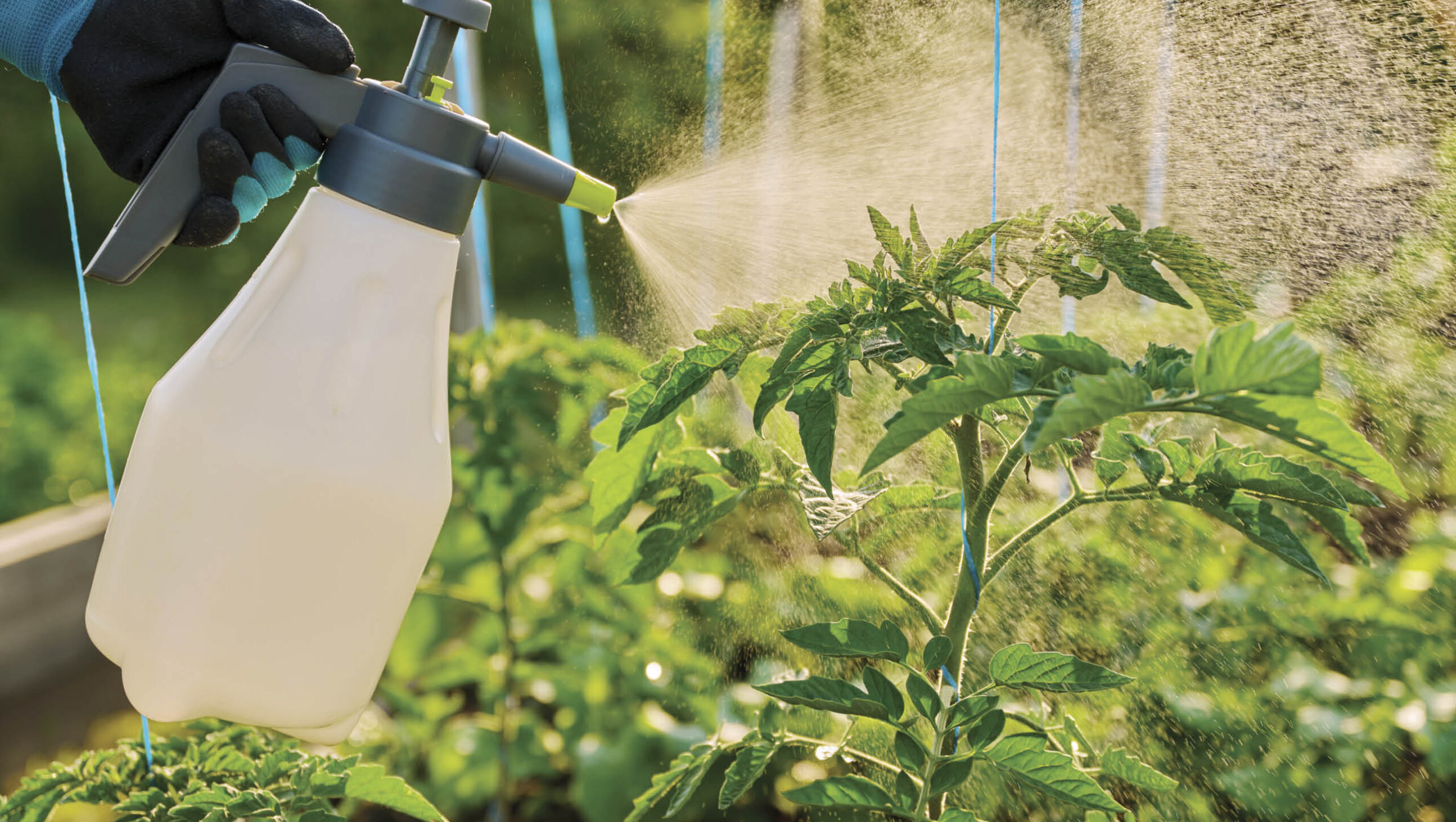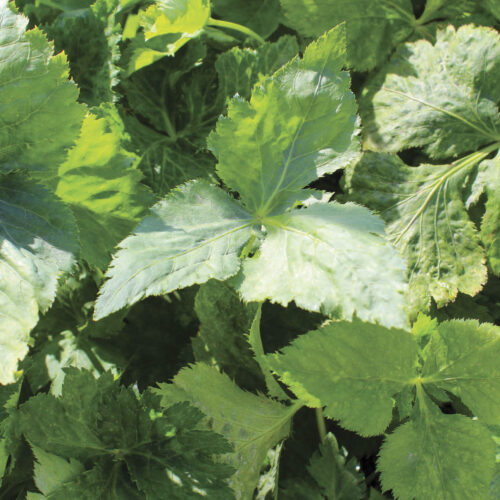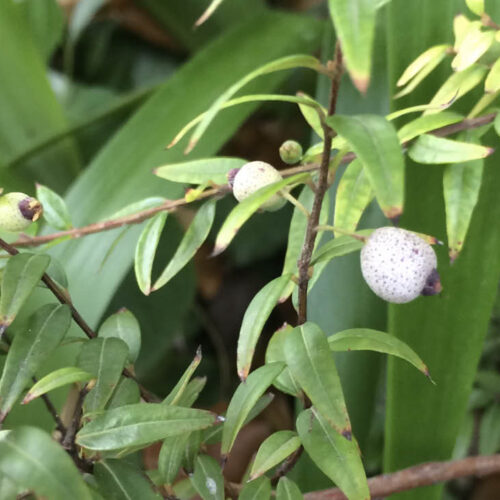Organic solutions for tomato pests
2025-10-01T15:26:30+10:00
Don't let these common pests ruin your tomato crop!
Tomatoes are a favourite in summer salads but sometimes they get eaten before you have a chance to pick them off the vine. Here’s four troublesome tomato pests and organic solutions.
Budworms
These moth caterpillars bore into buds and fruit, leaving behind messy holes and triggering rot.
Control: Check plants regularly, and remove any affected buds or fruit. Use organic caterpillar sprays like Dipel (Bacillus thuringiensis), or cover plants with wildlife safe, insect exclusion netting to prevent moths from laying eggs on the plants.
Russet mites
These tiny sap-suckers thrive in hot, dry conditions. They’re hard to spot, but the damage is easy to recognise: bronzed stems, curled leaves, and leathery fruit skin.
Control: Spray all plant surfaces evenly with wettable sulphur in the cool of the day and repeat as needed.
Spider mites
Fine webbing, speckled leaves, and bronzing are sure signs you have spider mites. These tiny pests suck plant juices, severely stressing plants. They thrive in dry conditions.
Control: Keep soil moist and regularly squirt the undersides of the leaves with a jet of water to dislodge mites and break their life cycle. Spray thoroughly with a botanical oil or introduce predatory mites like
Phytoseiulus persimilis.
Whitefly
If you notice tiny white insects fluttering up when you brush your plants, that’s whitefly. They are sap-sucking pests that weaken plants and leave a sticky honeydew on the foliage. They also have the potential to spread nasty debilitating viruses like tomato yellow leaf curl.
Control: Apply horticultural soap or botanical oil sprays in the cool of the day, to control their numbers, when bees and other beneficial insects aren’t active. You can also introduce helpful predators which target whitefly eggs and nymphs, like Typhlodromips montdorensis (a predatory mite) and Encarsia formosa (a tiny parasitic wasp).
For Phil Dudman’s full looking at 12 of the most common tomato troubles and simple organic fixes, get a copy of the Spring 2025 issue (OG 160), available from selected newsagents or supermarkets. You can also subscribe and get the magazine delivered to your door.







